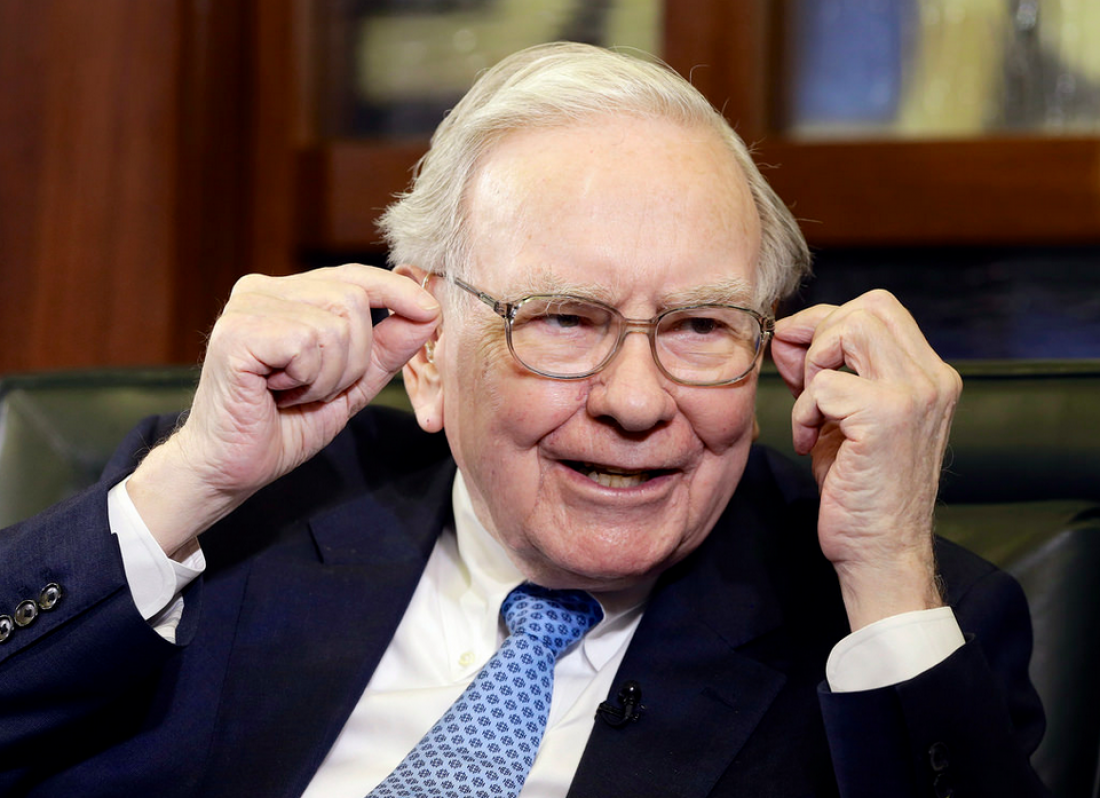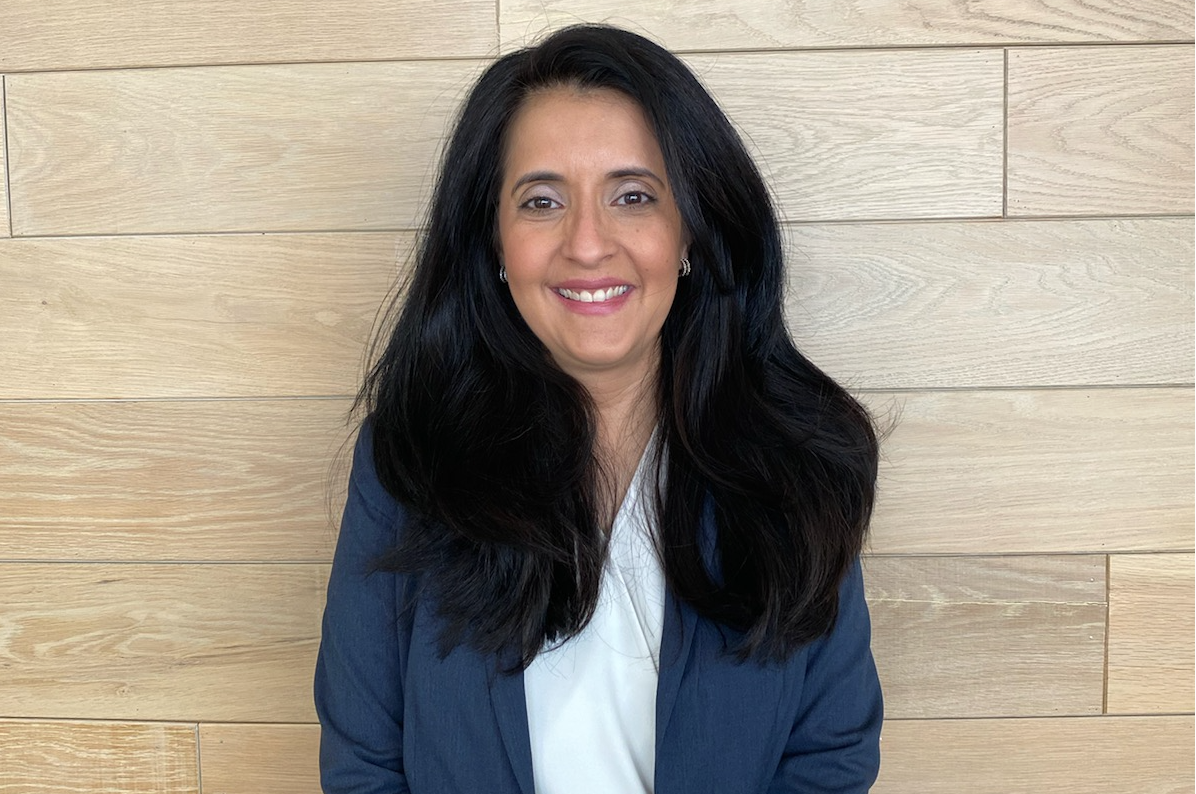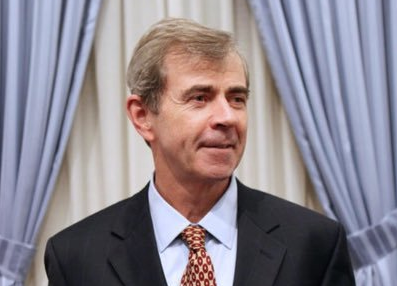Rod Davidson (ASI): “En un entorno de bajo rendimiento para la deuda soberana, hay oportunidades en crédito europeo y emergente”
| Por IreneValiente | 0 Comentarios

La caída de los rendimientos de los bonos soberanos no es nada nuevo: lleva produciéndose desde hace 40 años. Rod Davidson, director de renta fija en Aberdeen Standard Investments, lo sabe bien, y advierte de que el problema es que los retornos de esa clase de activo se encuentran ya en terreno negativo “y no hay nada escrito sobre cómo reaccionar ahora”. En este contexto, recomienda buscar oportunidades en crédito europeo y emergente.
Durante su intervención en la Burns Night celebrada en Madrid por la gestora, Davidson admitió que es difícil pronosticar qué va a pasar con el mercado de bonos soberanos a partir de este momento. “Hemos estado esperando que se produjera ese giro en el ciclo, pero, desafortunadamente, el crecimiento no es lo suficientemente fuerte”, señaló al mostrar esa caída constante que han experimentado los bonos a 10 años en Alemania, Japón y Estados Unidos en las últimas décadas. Lo previsible, además, es que ese descenso continúe si no se toman las medidas fiscales y monetarias necesarias para revertir la tendencia.

Mientras, 2019 fue un buen año para los mercados de crédito con grado de inversión, tanto en Estados Unidos como los denominados en euros y en libras. Para el director de renta fija de ASI, esta tendencia continuará durante la primera mitad del año, gracias al crecimiento lento pero continuado y la inflación prácticamente inexistente. A partir de junio, los buenos resultados “posiblemente se suavicen”, como resultado del impacto de las elecciones estadounidenses.
A su juicio, el principal riesgo de estos mercados se encuentra, sobre todo, en el crédito estadounidense y tiene que ver con la posibilidad de que determinadas empresas pasen de ser consideradas grado de inversión a high yield, causando “un evento de crédito que contagie a los mercados”. Asimismo, advirtió de que el crédito high yield está comenzando a ser “un lugar arriesgado”. “Muchos inversores apuestan por este mercado buscando retornos sin realmente comprender el tipo de volatilidad que pueden encontrarse”.
En este contexto, Davidson considera que se pueden seguir encontrando rendimientos atractivos mediante carteras crediticias sólidas con control de riesgo. Concretamente, recomienda invertir en crédito europeo, ya que ha registrado buenos retornos absolutos a largo plazo de forma consistente.
Pero lo más interesante de este activo es su alfa: incluso el año pasado, en un entorno de bajos rendimientos, el European Corporate Bond Fund de la gestora, así como su versión socialmente responsable (SRI), obtuvieron rendimientos casi un 1% superiores al índice. Una cifra “emocionante” en el mercado de renta fija, donde aconsejó apostar por gestores con una amplia trayectoria para “afrontar las problemáticas que se avecinan en el mundo del crédito”.
Además, reveló que el año pasado vieron entrar más flujos hacia el SRI European Corporate Bond Fund -lanzado en noviembre de 2012- que a las estrategias convencionales. “En la actualidad, está obteniendo mejores retornos que estas últimas. Creemos que en parte tiene que ver con el trabajo que estamos haciendo con las empresas: un mejor entorno de trabajo garantiza mejores beneficios”, aseguró. Por ese motivo, su escrutinio ASG está integrado en cada crédito.
La oportunidad emergente
Pero, si hay un espacio ideal para encontrar buenas oportunidades en renta fija, ese es el del mundo emergente. “La deuda corporativa emergente es un lugar magnífico para los inversores: se trata de un mercado más grande que el high yield estadounidense, con buenos retornos y volatilidad atractiva”, destacó Davidson. Asimismo, apuntó que es un mercado en constante crecimiento, con cada vez más oportunidades, menos endeudamiento y una calidad mayor de lo que se percibe.
Esto se refleja en el interés creciente por el Emerging Markets Corporate Bond Fund de ASI, que hoy acumula 1.300 millones de dólares bajo gestión. “El mercado se ha dado cuenta de que se trata de una clase de activo excelente y el dinero está entrando muy rápido”, afirmó.
En cuanto a la renta variable emergente, admitió que, observada desde una perspectiva riesgo-retorno, durante los últimos 10 años no ha sido un buen lugar para invertir debido a los obstáculos provocados por la divisa local. Sin embargo, si el dólar se debilita, esta comenzará a fortalecerse, por lo que, desde un punto de vista táctico, “es un área en la que los próximos 10 años puede ser interesante estar”, apuntó el gestor.
Por último, Davidson señaló el atractivo de los productos de vencimiento fijo, que permiten a los inversores tener más seguridad en el cash flow y la apreciación del capital en un periodo de tiempo definido. “Consiste más o menos en cerrar con llave tu dinero y permite obtener liquidez diaria. Es un área interesante, pero puede que no sea para todo el mundo”, sentenció.







